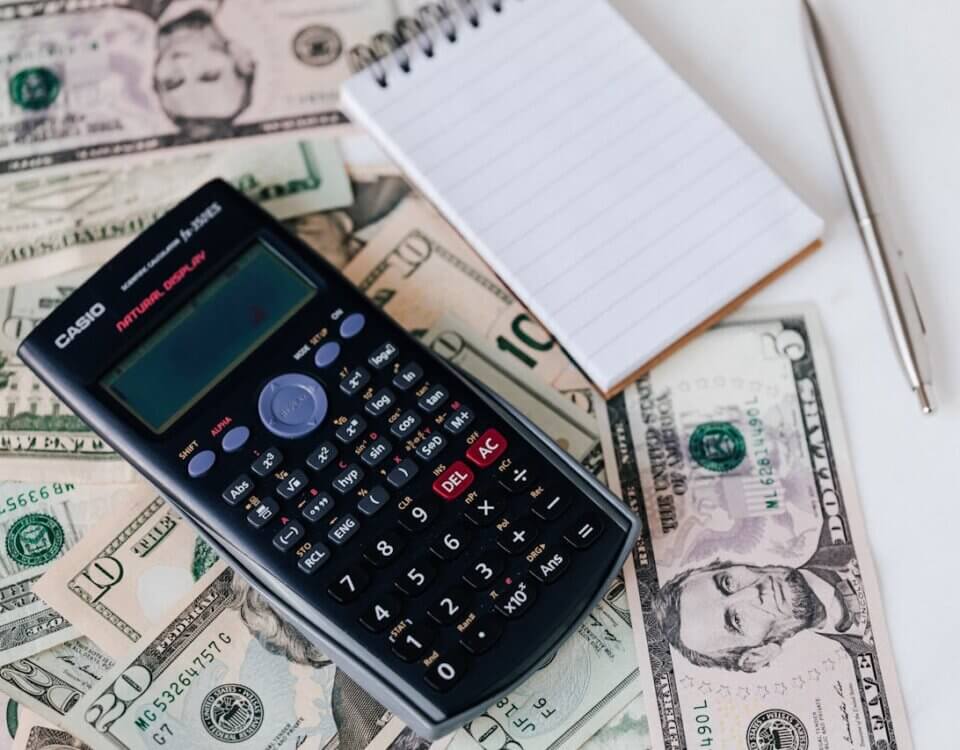
3 Tips to Save on Energy Bills for Your Rental Property
March 24, 2017
Ideal Temperatures for Work, Play, and Beyond
May 22, 2017
How Much Electricity and Energy Do You Truly Use?
Although the amount of electricity and energy used varies by state, the United States is the world’s biggest electricity consumer in terms of energy per capita. The average American homeowner uses about 10,909 kWh of energy per year, averaging out to 909 kWh per month. Americans living in the Southeast use the most electricity, while those living in New England use the least inside the Lower 48. Residents living in Alaska and Hawaii use the least electricity of any Americans.
While these numbers are staggering, the average amount of an American electricity bill is more so. In a recent study, the United States’ highest monthly electric bills were more than $126. Its lowest monthly bills were still around $91. In other words, most Americans spend more than $1,000 on electricity and the energy needed to run electrical appliances per year.
Using Limiting Thermostats to Save Energy

In addition to maximum temperature control, some limiting thermostats allow you to set temperatures for certain times of day. Whether you’re at home or away from the building, your limiting thermostat will automatically set itself to the temperatures you choose, regardless of weather. Limiting thermostats come in a variety of temperature grades, depending on where your tenants are. Some have no a/c limit but only allow the heat up to 74 degrees while others limit heat to 71 degrees, but reset every three hours.





